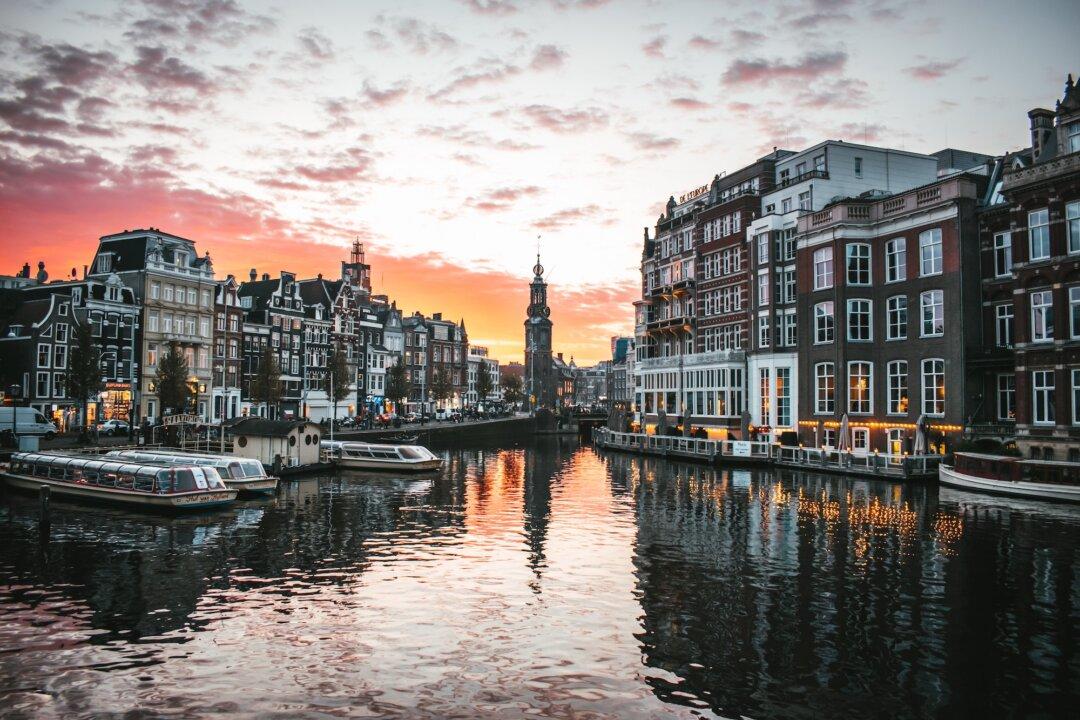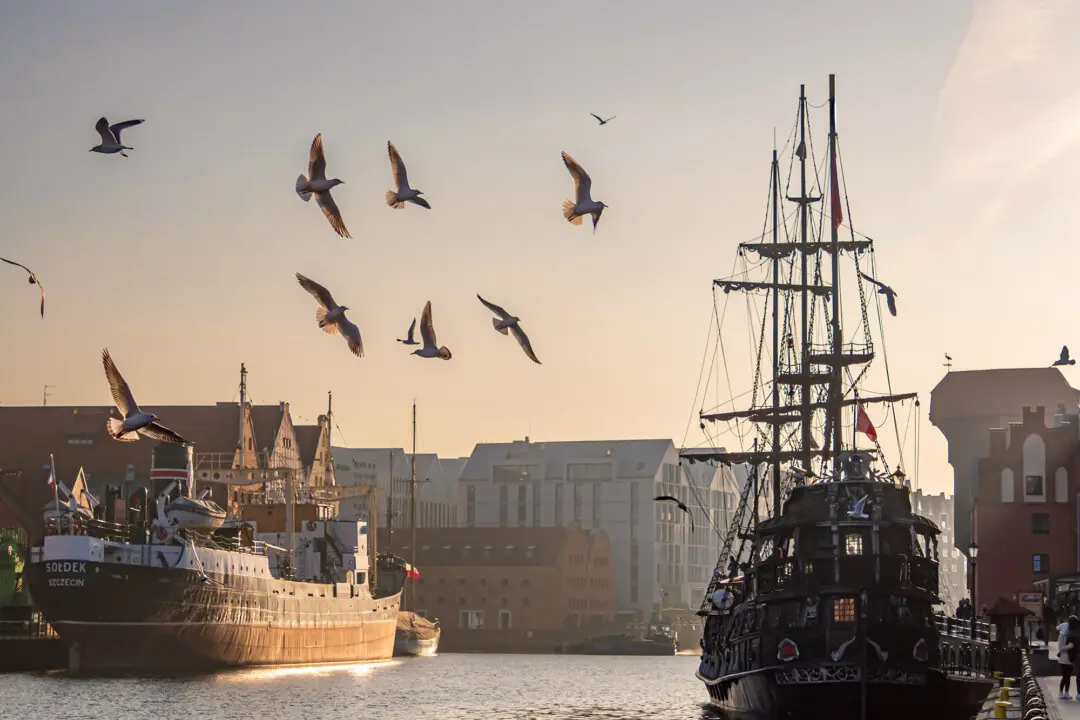It’s, of course, unquestionably true that we live in a world that’s shaped and formed around the automobile. Interstate highways connect all of the major U.S. cities, with rest stops and trucks stops and malls and hotels and restaurants built all along the way for convenience. Easy off, easy on, gas up, grab a burger, and you’re on your way.
And it isn’t just in North America. Even in Europe, the modern approach to urban centers has been utterly transformed in the past 100 years. But for centuries, that wasn’t the case. The highways and thoroughfares of the world were filled with water and fueled by the trade winds.





